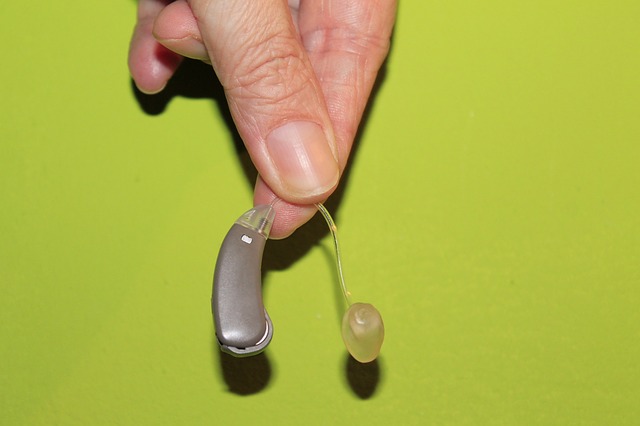Understanding The Components of Hearing Aid

Modern-day hearing aids functions much like minicomputers designed for your ears. Although you don't have to know how this technology works, it's recommended to be aware of the different components to troubleshoot if there is a problem. In this spirit, the following constitute the parts of the current receiver-in-the-ear (RITE) hearing aid, commonly referred to as receiver-in-ear (RIE) or receiver-in-canal (RIC). It's the most popular type of hearing aid that is sold nowadays. (Custom fully-in-the-ear hearing aids function similarly, but they have all the parts inside a small, compact piece worn inside the ear). Key Takeaways The hearing aid consists of four main components: a microphone, amplifier, receiver, and power source. Other important hearing aid components include earmolds, domes, switches & buttons, and connecting tube. Receiver-in-ear (RIC) and behind-the-ear (BTE) differ in their amplifiers' strength and battery ...


